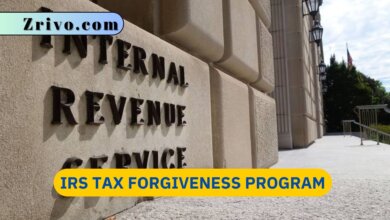Student Loan Interest Deduction
As higher education costs continue to rise, the student loan interest deduction may help make it more affordable. This article will help students understand how Student Loan Interest Deduction works.

The student loan interest deduction is an above-the-line tax break that reduces your federal income taxes. It can also reduce state income taxes if you file in that state. The amount you can claim is capped by your income eligibility. The IRS sets the maximum deduction at $2,500 per year, and you can take it whether you itemize deductions or use the standard deduction.
When you pay your student loans, your payment includes both interest and principal. The amount of interest you pay depends on the type of loan and the repayment plan you choose. In some cases, you may be able to deduct some of your student loan interest payments from your taxes. To find out how much interest you paid this year, ask your student loan servicer or lender to send you a Student Loan Interest Statement (IRS Form 1098-E). You can also view information about your interest payments online through your account portal.
The student loan interest deduction is a great way to reduce your taxes and boost your refund. However, it is important to keep in mind that the deduction is phased out as your income increases. You should consult a financial planner to ensure you’re taking advantage of all the deductions and credits you’re eligible for.

How to Qualify for Student Loan Interest Deduction?
In order to to qualify for Student Loan Interest Deduction, you must pay interest on a qualifying student loan during the tax year. The loans can be either private or federal. You must have paid at least $600 in interest to claim the deduction. Your loan servicer or lender will send you a form called 1098-E, which details the total amount of interest you paid. You must submit this information with your tax return.
You can also claim the student loan interest deduction if your income is below a certain limit. For example, single filers with an adjusted gross income (MAGI) of more than $85,000 cannot claim the student loan interest deduction. Married tax filers with more than $175,000 MAGI cannot claim the deduction.
To qualify for the student loan interest deduction, you must have a qualifying student loan and meet the following criteria: Your filing status is single, married filing jointly, head of household, or qualifying widow(er). You can’t be claimed as a dependent on someone else’s tax return. You can’t deduct more than $2,500 of student loan interest per tax return.

How to Calculate Student Loan Interest?
Like any other type of loan, student loans have their own set of quirks that can make them confusing for new borrowers. Understanding these quirks can help borrowers make better decisions about how to pay back their debt. For example, understanding how interest accrues can help borrowers understand how much of their monthly payment goes toward paying off principal versus paying just interest.
The amount of interest you owe on your student loans is determined by a formula, which typically includes the daily interest rate, the outstanding loan balance, and the number of days in your billing cycle. This figure is then multiplied to determine the amount of interest you owe each month. For example, if you borrow $10,000 with an interest rate of 5%, your interest accumulation is $5 per day.
In most cases, your monthly student loan payments will include both interest and principal. While it’s recommended that borrowers do whatever they can to reduce their student loan debt as quickly as possible, they should first focus on other financial goals, such as building an emergency fund and contributing to a retirement account. Additionally, borrowers should prioritize paying their student loans as soon as possible, as this will minimize the impact of compounding interest and reduce the overall amount they owe. In addition, borrowers should consider setting up autopay on their student loan accounts to ensure their payments are made on time each month and avoid late fees.





